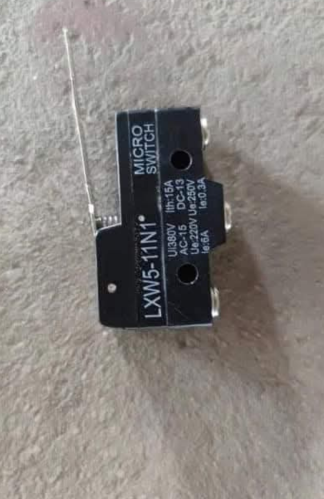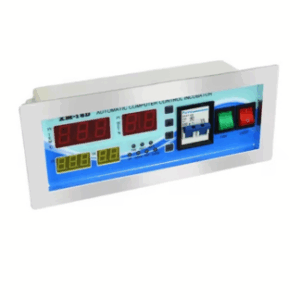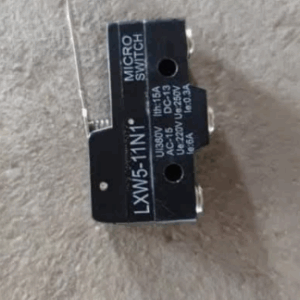A limit switch is a type of electromechanical device used to detect the position of a moving object or part within a system. When the object reaches a predetermined position or limit, the limit switch activates a set of contacts to trigger an action or stop the movement. Limit switches are widely used in industrial automation, machinery, elevators, conveyors, and robotics to control operations, enhance safety, and improve overall system efficiency.
Limit switches consist of an actuator, typically a lever, roller, or plunger, that physically contacts the moving object. When the object reaches a certain point, the actuator pushes a mechanical switch that opens or closes the electrical contacts. This action sends a signal to other parts of the system, such as halting movement, starting another process, or activating an alarm.
These switches are available in various configurations and sizes, from basic mechanical types to more advanced models with adjustable settings, ensuring they can be used in a wide range of applications. For example, limit switches are commonly used to monitor the position of doors, gates, or machinery parts and to prevent over-travel or collisions. They are also used for safety purposes, ensuring that machines stop or start at the correct time.
In industrial environments, limit switches are valued for their reliability, durability, and ability to function in harsh conditions, including high temperatures, dust, or moisture. They are integral in many systems to protect both the machinery and operators, ensuring that machines operate within safe and efficient parameters.
Limit switches can be mechanical or electronic, and many modern models feature additional capabilities like adjustable sensitivity, wireless integration, and fail-safe functions. They are a key component in automated systems where precision and reliability are essential.







Reviews
There are no reviews yet.